Knife Chef Blog - Knife News & Updates: Care
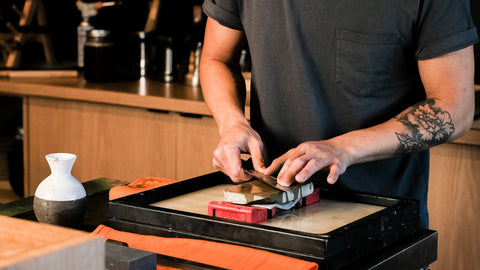 Selecting the right angle to sharpen your knives
Selecting the right angle to sharpen your knives
Perhaps the most important step when sharpening a knife is to identify the angle for sharpening and it is likely the easiest step in the process.
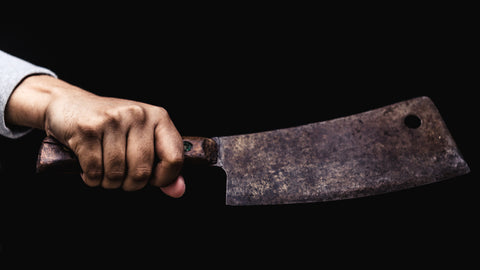 What happens to a knife when rust has set in
What happens to a knife when rust has set in
For many, the appearance of rust can seem like the end, but this is not the case at all.
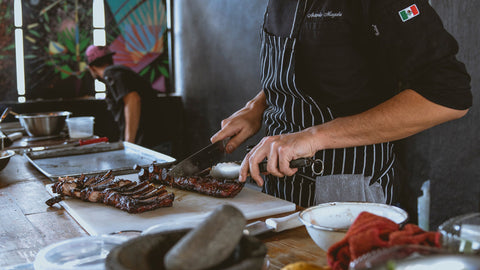 Knife Safety Tips
Knife Safety Tips
It goes without saying that knives can cause a great deal of damage where accidents occur. Whether blunt or sharp, knives need to be respected - a sharp knife can slice easily through skin, while a blunt knife can slip during use therefore increasing the risk of injury.
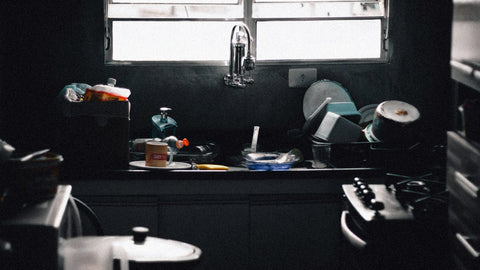 When Must a Knife Be Cleaned and Sanitized?
When Must a Knife Be Cleaned and Sanitized?
Knives of all types must be regularly cleaned so that they stay rust-free, sharp, and free of bacteria. You should also use special care when handling them and keeping the knives clean.
 How to Clean a Knife Block - A Complete Guide
How to Clean a Knife Block - A Complete Guide
Many people store knives in a wooden knife block, or a magnetic knife stand, because they know they shouldn't put them in with other utensils. However, a knife block must be cleaned thoroughly. You don't realize it because the knives are clean as you put them in, so you think that they shouldn't get dirty.
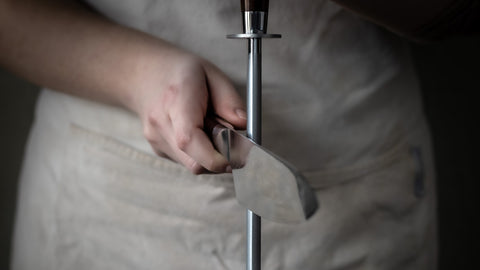 How to Use Sharpening Steel: Everything You Need to Know
How to Use Sharpening Steel: Everything You Need to Know
A steel, contrary to popular perception, does not produce sharper knives; rather, it is used to align the edge of the knife. The knife's edge starts to curl as you use it over time.
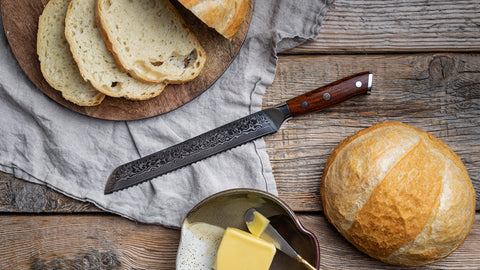 How to Sharpen a Serrated Knife
How to Sharpen a Serrated Knife
A serrated bread knife is one of the most useful kitchen knives when it comes to cutting foods with a soft interior but a hard exterior like bread. If you want to have your serrated blade in its best shape, it must be sharp enough to do the job.
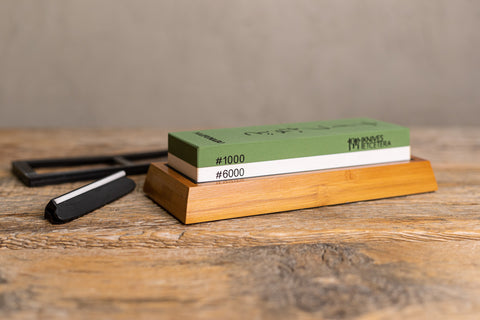 How to Sharpen a Knife with a Whetstone
How to Sharpen a Knife with a Whetstone
In any kitchen, the chef's knife is the most important tool. However, it's also the most neglected as are other Japanese knives in the block. Why? It's intimidating to sharpen your knife, especially if you've never done so.
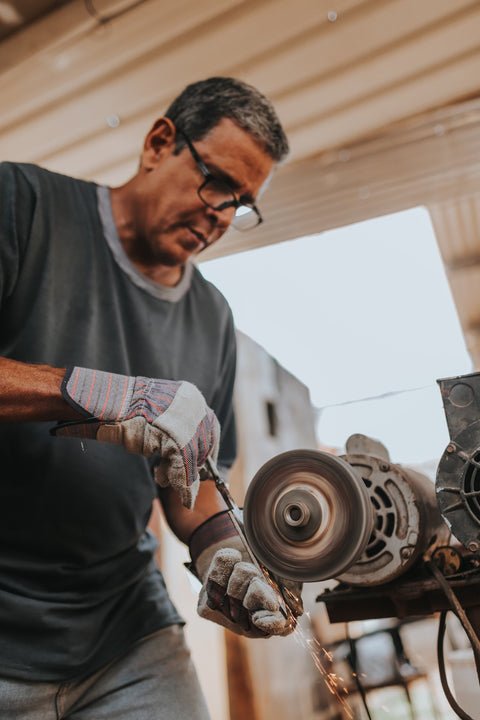 Knife Care
Knife Care
Straight out of the box your newly purchased knife will be razor-sharp. To maintain these standards follow our knife care tips which will ensure your knives stay precise and in pristine condition.